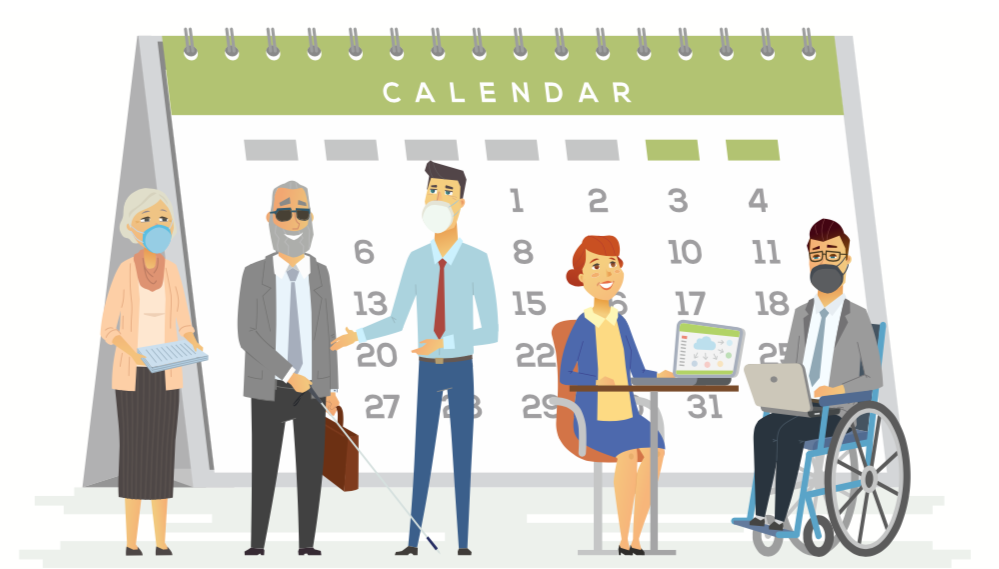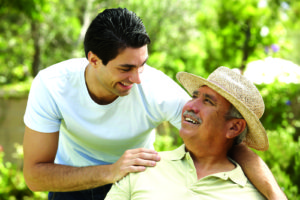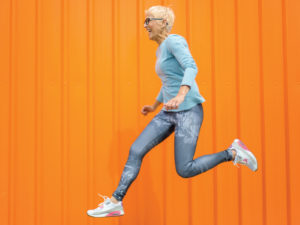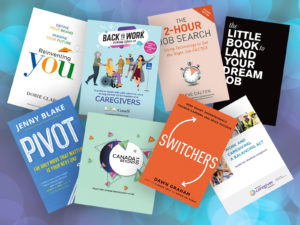BY PAT IRWIN
A tale of three families and how they are adjusting during COVID-19
The 2020 COVID-19 Pandemic has created the biggest social experience of our time; quarantine and self-isolation. Spending this much time alone or with our immediate families, we have learned a lot about ourselves, our family members, essential work and our society. Our challenge is to take that learning, apply it to improve our own lives and the greater good, and to take that learning into the future as our world begins to open up again.
What have we learned?
We have heard wonderful stories about those on the front lines of healthcare. We have heard heart-wrenching stories of loss and wonderful tales of communities helping each other and sewing face masks. We’ve also heard distressing stories about the treatment of our most vulnerable citizens— the elderly and people living with disabilities.
Together, we’ve learned alternate ways of working; a recent Angus Reid poll reports only 36 per cent of Canadians plan to go back to the office permanently. How will they integrate working and family life into the long term?
Let’s look at the experience of several Canadian families and how they’re coping with the new normal that the pandemic has introduced:

ALEXIS’ FAMILY
Alexis is a labour lawyer whose husband, Bob’s, stroke five years ago rendered him paraplegic. They managed with a jigsaw of care from social services and a private agency. When she got home in the evening, Alexis would take over. Working from home during quarantine, Alexis developed a new routine: she would get up at 6 a.m. and work for a few hours until the visiting personal support worker (PSW) came to help her husband. She realized that taking a break for a few hours meant she could spend time with her husband, have a daily workout, and make and eat dinner together. Alexis and Bob re-arranged for the same PSW to cover dinner clean-up and bedtime prep while Alexis worked a few more
hours in the evening.
Quarantining taught Alexis a few things:
- That she could indeed effectively work from home and that adjusting Bob’s care schedule could actually enhance their lives.
- She realized that she could still make time for herself and had extra time and energy without her daily commute.
- She enjoyed spending additional time with her husband during the day and being able to walk their little dog.
- The couple agreed to cancel their weekly cleaning service as a precaution and bought a robot vacuum that Bob could operate.
- Bob was ready, willing and able to assume additional responsibilities and felt good about doing more.
- Bob was actively involved in all new decisions and was comfortable with suggestions related to the revised plan. He agreed to manage grocery orders by phone and online for delivery, switched all of his routine medical appointments to online tele-health appointments and arranged for his medications and personal care items to be delivered by the local pharmacy.
- Alexis had also reviewed the hygiene protocols for themselves and any agency caregiver coming to the house to make sure everyone, including herself, was safe. She ensured they followed the caregiver guidelines outlined by the provincial Ministry of Health. These include:
- Care providers should wear surgical/procedure masks at all times during the home visit.
- Personal protective equipment (PPE) should be supplied by the client and used, and properly discarded, at the client’s home after use in a contactless, lined receptacle.
- Hand hygiene is to be performed before putting on and, after removing masks.
- If a client has a suspected or confirmed case of COVID-19, care providers should delay care if possible and only provide essential nursing, therapies and personal support services.
She has also asked the agency to provide her with regular updates and notify her of any staffing changes so she could be ready to re-orient new care providers herself.
After March and April, the couple both agreed it was achieving an even better work/life balance than before the quarantine and Alexis plans to discuss modified work from home with her law firm partners as things open up again.

NINA’S FAMILY
Nina has been a surgical nurse at the local hospital for 25 years. Lately she had been working very long shifts at a local COVID-19 assessment centre. Hearing media coverage about COVID-19 outbreaks in nursing homes convinced her to relocate her 86-year-old mum from long-term care into her own home. It only took a few weeks to realize that her mom missed the activity, her table-mates and friends. And, she found it hard to be alone for 12-14 hours while Nina was at work. Despite the risk, Nina and her mum decided to ask about returning to the home after a couple of months, but her mum’s bed had been re-assigned and she would have to start again on a waiting list.
They researched some options until mum’s turn came. Social services advised that lists will be even longer post-COVID-19 but that she qualified for a visiting PSW for daily personal care. As government funded care was limited a top up would likely be necessary from mum’s pension (usually needed to pay her nursing home fees), Nina and her mum got creative.
- They analysed exactly the care that mum needed— personal care a few times a day, toileting every few hours and administering medication were the main items.
- In fact, Nina’s mum was alright for a few hours after the PSW’s visits, as long as she was near her commode, with the cell phone and TV remote nearby.
- A personal emergency response device that mum could wear around her neck gave her the ability to call either Nina or the monitoring centre if she needed emergency help.
- All groceries and drug store items would be delivered to the house to avoid the risks associated with shopping now and in the future (it saved time and turned out it wasn’t more expensive).
In addition, Nina approached her human resources department, asking to do assessments via home visits for split shifts, for the same number of hours. This allowed Nina to work in the neighbourhood from nine a.m. till noon, come home and give her mum lunch and her medication, and return to work for the afternoon. Nina’s husband, who managed to come home from work early or work from home, was able to help with dinner.
All of them were concerned, but as a nurse, Nina knew what she had to do. First, was consult the Ministry of Health’s public health website and also the guidelines from her employer. She also implemented additional precautionary measures because of her mum, who was in good health but still more vulnerable given her age:
STEP 1: Nina created her own ‘hot-spot’ in the garage where she removed her scrubs and her husband removed his work clothes and put them directly into the washing machine. They both changed into fresh clothes before entering their home environment.
STEP 2: They also immediately entered the adjacent bathroom to wash their hands with soap and water for at least 20 seconds.
STEP 3: Nina has instructed her mum on prevention techniques such as:
- Cough or sneeze into a tissue or the bend of your arm, not your hand.
- Dispose of any tissues you have used as soon as possible in a lined waste basket and wash your hands afterwards.
- Avoid touching your eyes, nose, or mouth with unwashed hands.
STEP 4: At least twice a day, she sanitizes surfaces such as toilets, phones, electronics, television remotes and kitchen surfaces.
STEP 5: All deliveries are wiped down and staged for a few hours before being brought into the house.
Nina also reviewed the PSW agency’s protocols to make sure she was comfortable and insisted that her mum and the care provider wear masks, practice distancing where possible and also wash their hands frequently. Nina and her mum have agreed to try this arrangement for six months, ideally adding a day program and friendly visiting when public health allows. If her mum is still lonely, they will accept a nursing home bed when it’s offered.
BRIAN’S FAMILY
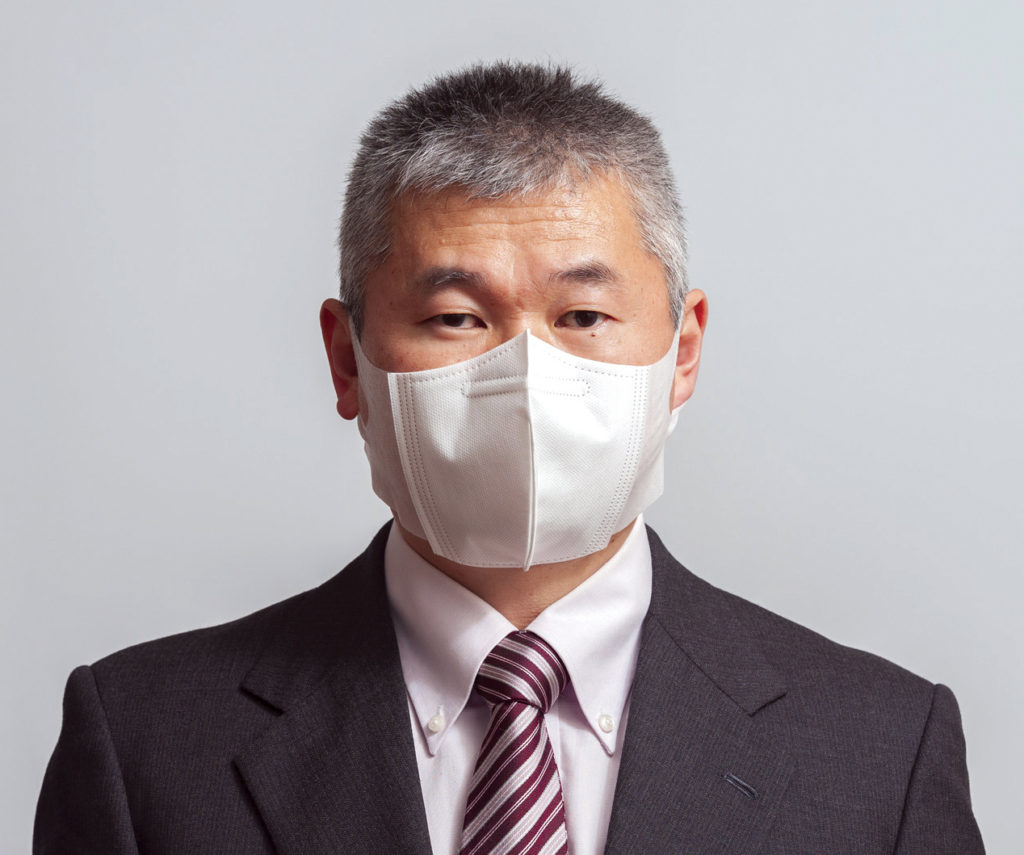
Brian is a project manager in a bank’s IT department. His son David, 16, has a developmental disability; his daughter Laurel, 14, has been off school and is self- isolating at home.
David has always been restless and reacts poorly to supervision, so Brian has enrolled him in various after-school programs to keep him busy; all of which are cancelled at present. Brian is struggling to get his work team motivated to finish a major project deadline and is itching to get back to the office. His spouse is also working from home.
However, interesting things have emerged during their time at home together. When a kitten appeared at the back door one chilly March evening, David not only brought him inside and bonded with him but started to tenderly care for him. Laurel is also keen on the kitten and has become more kind that usual to her brother. Together, they plan marathon video game sessions. By spending time at home with them, Brian is realizing that both his son and daughter have become more confident and self-sufficient. Could they actually leave David at home alone for a few hours each day after school rather than forcing him to attend after school programs that he doesn’t always enjoy?
What do Brian and his spouse need to know about going back to work and David and Laurel’s safety in going back to school?
As schools reopen, the family should make sure that their children’s school is following local recommendations for cleaning and disinfecting. In David’s case, a sense of routine and predictability is the key to success. He’s shown enthusiasm for pet care and keen interest in video gaming and can be proud of what he’s achieved during the quarantine period. Perhaps he’d like to decide which after-school programs he wishes to pursue for his own interests.
What can Brian expect as he returns to his downtown office? Again, each provincial Ministry of Health has guidelines.
None of these families who’s stories I’ve shared are strangers to adversity; they have learned over time to live with medical concerns and vulnerability. They have also had the wisdom to keep on learning, and by example, help all of us to learn as well.
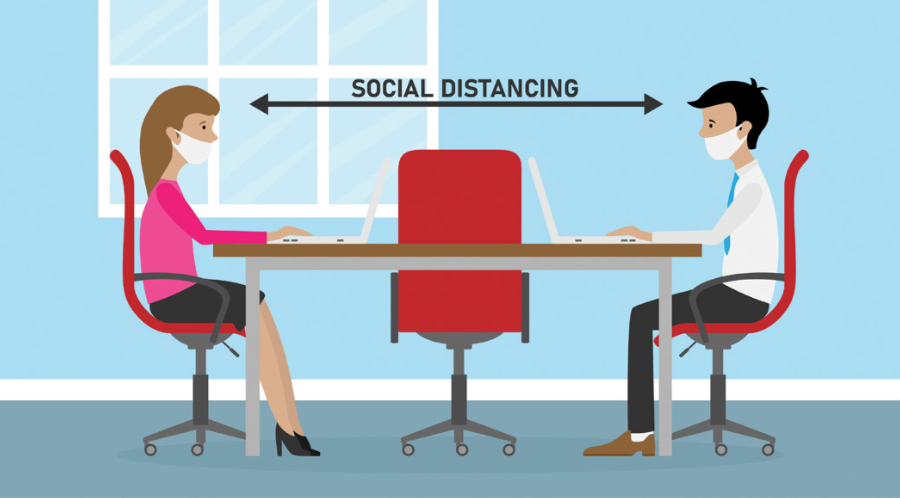
Guidelines to share with employers
Each provincial ministry has guidelines for return to work during COVID-19. Here are Ontario’s as an example:
- Provide access to hand-washing and have available alcohol-based hand sanitizers at multiple, prominent locations, with non-touch, lined waste disposal receptacles.
- Implement physical distancing, maintaining a distance of at least 2 metres from other people.
- Use telephone, video or online conferencing instead of in-person meetings.
- Permit flexible hours and stagger start times, breaks, and lunches or stagger days that workers are in the workplace.
- Provide physical barriers, such as plexiglass dividers, between workstations.
- Mark out a distance of 2 metres between seats and seating areas to ensure physical distancing in common or shared spaces and lines (i.e., reception areas, meeting rooms, waiting rooms, kitchenettes, elevators, offices and other workspaces).
- When physical distancing cannot be maintained, employers may implement the use of face coverings as source control (e.g., non-medical masks or cloth masks).
- In addition to routine cleaning, surfaces that have frequent contact with hands should be cleaned and disinfected twice per day and when visibly dirty. Special attention should be paid to commonly touched surfaces in the workplace such as doorknobs, elevator buttons, light switches, toilet handles, counters, handrails, touch-screen surfaces, and shared materials, equipment, workstations, keypads, etc.
- Place clear, visible signage at all entrances and within the workplace reminding workers and customers about the signs and symptoms of COVID-19, what to do if they feel unwell and how to protect themselves (e.g., hand hygiene, etc.).
- ALSO: Be mindful of the needs of persons with disabilities (PWD) who are employees and customers.
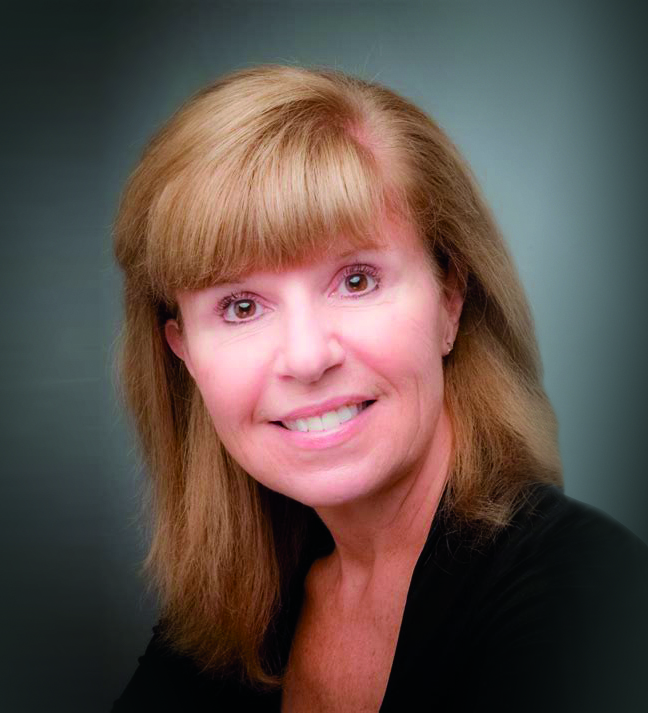
Pat M. Irwin, BA, AICB, CPCA, is president of ElderCareCanada, offering expert opinions, eldercare mediation, options for housing and care, moving and house clearing, and care management—eldercarecanada.ca/patirwin@eldercarecanada.ca

